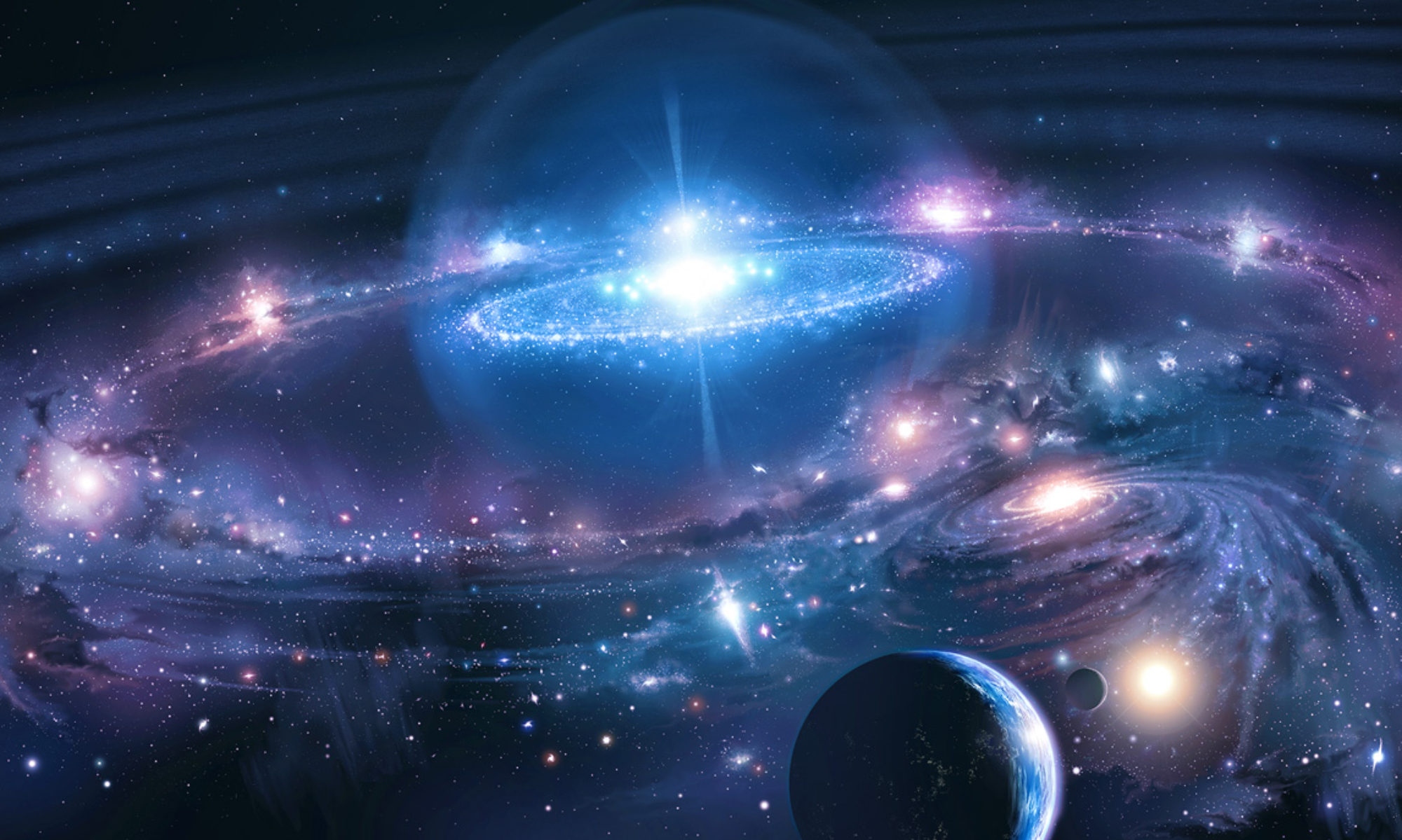Physics, Space Sciences
Source : Quanta Magazine
Date : June 2019

The debate around the Big Bang Theory is still very active, due to many unresolved problems around it. Some cosmologists, including Alan Guth and Stephen Hawking have proposed (1981 – Vatican Conference) that there is no end nor beginning at all. The no-boundary proposal (1983 J. B. Hartle and S. W. Hawking paper) describes the universe expanding from a point of zero size. In a recent lecture (S.W. Hawking 2016), Stephen Hawking explained why we cannot talk about ‘Before the Big Bang’ : because, at this time, there is no time ; time cease to exist and is replaced by pure space.
This is one of the most striking parallel with the Wisdom Tradition Teachings : Describing the phase before the (re)creation of the Universe, The Secret Doctrine (Cosmogenesis, Stanza I.2) says : “Time was not, for it lay asleep in the infinite bosom of duration“. This is correlated by the Rig-Veda Book X (verse 10.129.2 – creation) : “Then was neither death nor life, nor any sign of night and day“. Here, the key idea is time (kâla). The Rig Veda states that the first step in the creation is not time.
Read more : Quanta Magazine
